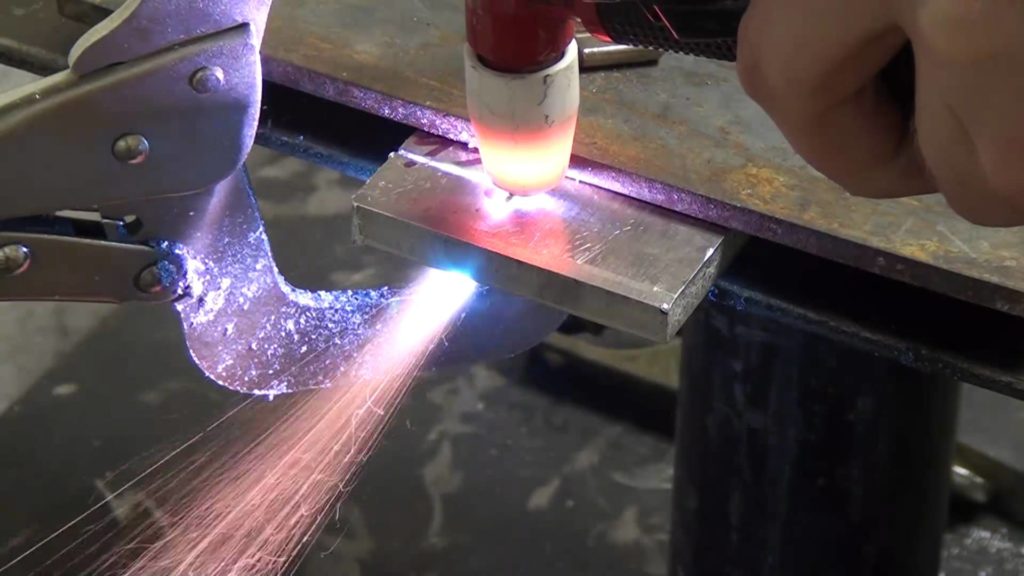A quality plasma cutter is any metal workers’ weapon of choice. But, how do you choose the best plasma cutter for your shop is a matter of concern.
How Much Do Plasma Cutters Cost
Plasma cutters start as low as £200 and can go as high as £1600. From a very basic viewpoint, the difference between a basic plasma cutter and a premium plasma cutter is the power and the level of sophistication involved, in terms of manoeuvrability. The finesse of a cut is also taken into consideration.
While a basic unit might end up with a rough cut, a high-end cutter will render a smoother finish. However, this explanation is an over-simplification of a very intricate machine and does not really deliver on how to make your best buy.
There are a variety of specifications available on these machines. These helps determine the depth of the cut, duty cycle, power consumption, manoeuvrability and cut finesse. But how does a normal layman understand which one is best for him? Most people might not have the budget to afford a £1500 plasma cutter, so how do you choose your cutter in that case?
Step 1 – Know Your Budget and Preference Between Power and Control
The first step would be to understand your requirement and estimate the amount of money you would be willing to invest. The cheapest options usually are no-frill cutters with limited adjustments and basic triggers.
However, these aren’t the most reliable. If you’re looking for a long-term investment, £400-600 can get you more dependable models. For professional metal workers, the choice would be between power and control.
A higher budget of £1000-1200 would give you a combination of both power and control, while an even higher budget would get you all the modification, automatic systems and conveniences you can think of.
Step 2 – Know Your Material
At this level, you need to think of the kind of projects you undertake and choose your range accordingly. The type of metal you work with predominantly is also essential to choose the best plasma cutter for your requirements. If you work with mild steel mostly, basic cutters should do the jobs, while galvanized materials would need a premium cutter.
While some models would have brute strength enough to cut 1” steel, but lack the control, others would only be able to cut 2/8” steel but carry a lot of finesse and control. The choice would basically come down to power and control.
Step 3 – Do You Have the Required Power Output
Additionally, the finish of the cut is another aspect that you might need to look at. Higher-end cutters produce a smoother finish, which means less than work for you. Another practical input is the power requirement. Most professional cutters require 220V industry power output to work. This is more prevalent in professional shops. So, if you don’t have a 220V input, you might need to settle for something basic.
Overall, you need to understand the metal you’re working with, the power needed to cut the metal, level of control you need and the available power output at your shop. Understanding these metrics will help you gauge the best plasma cutter suited for your shop and your money.
